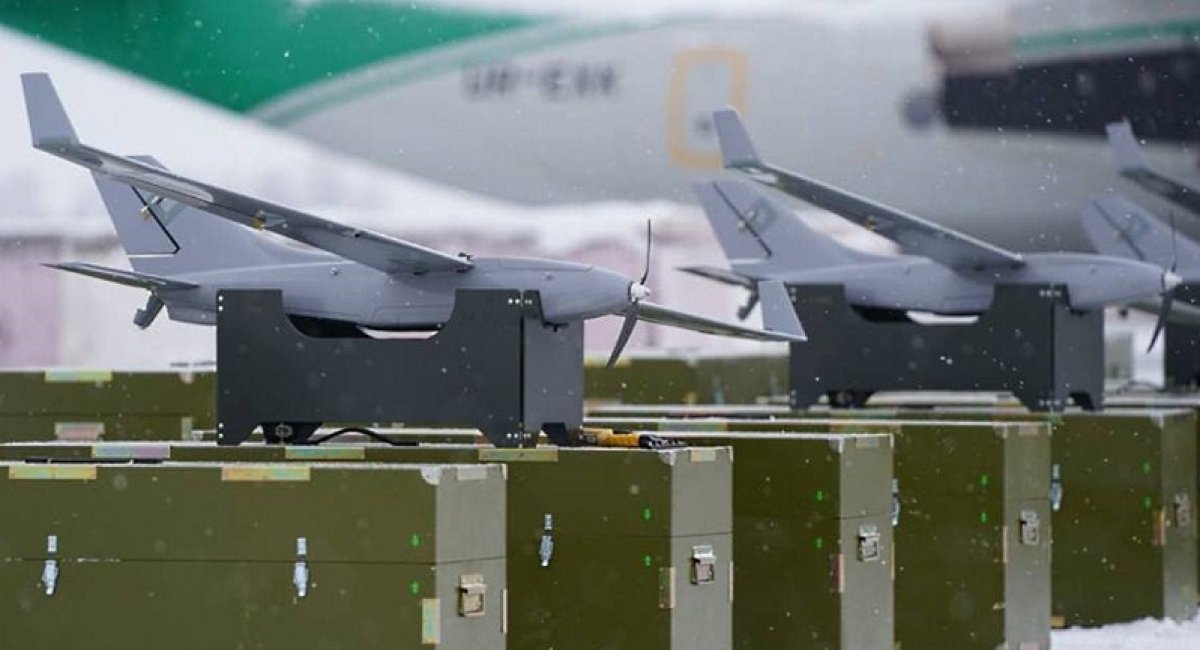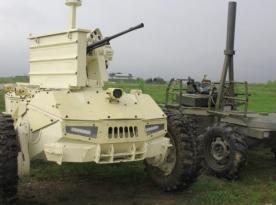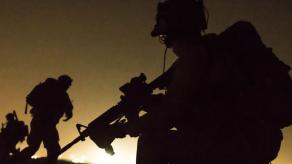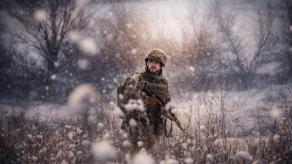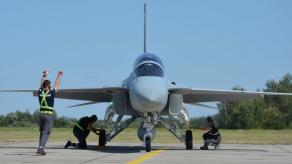The Spectator-M1, produced by VAT S.P.Korolev Meridian JSC, Kyiv, an affiliate of the State-owned Ukroboronprom defense industries holding company, is the third-generation evolution of the Spectator UAS technology. The Spectator, which came along five years ago as a collaborative product by Kyiv-based engineers and industrialists, has since undergone numerous improvements to its design and performance, and is now ready to perform its mission objectives in a variety of tactical scenarios.
Spectator UAS Technology Evolution
The Spectator UAS technology began to be cooperatively developed in 2014 by Polytech Aero, Kyiv, and the R&D Park at the National Technical University “Kyiv Polytechnic Institute”, while Korolev Meridian JSC assisted in the project as production partner.

The Spectator was initially aimed for use by Ukrainian Mil-Spec units who, after the Russian incursion into Donbas, had a requirement for a compact, man-portable capability for tactical air reconnaissance and aerial battlefield surveillance. The Spectator drone is designed in the form of T-tail high-wing monoplane (parasol) that is mostly made from composite materials and foreign-sourced parts. For propulsion, the vehicle uses a low acoustic signature electric motor with a two-bladed propeller. The drone is equipped as standard with a video camera with an embedded digital storage. The payload package can be customized to include a snapshot camera, a thermal imaging camera, or an exposure dose rate meter. The first drones produced used an analogue data link. The first-generation Spectator UAS was comprised of a drone, a ground control station, batteries, an antenna assembly, and a transport backpack. Initial batches were delivered to the Ministry of Defense and the State Border Guard Service (SBGS) in 2015.
The technology then underwent several evolutions and improvements. The Spectator was followed by its second-generation, Spectator-M, featuring improvements in terms of mission radius, portability, assembly/disassembly, and ground impact tolerance. Other upgrades included a bigger size, heavier payload capacity, a new thermal imaging camera sensor, and more capable ground control station. Ultimately, the Spectator-M UAS was accepted for operational use for the duration of the Contingency Period, by a Defense Ministerial directive issued in December 2017.
The State Border Guard Service was another active operator of the Spectator-M. The system has been used for border security surveillance and patrol operations by the Border Guard detachments of Lviv, Mukachevo, Podilsk and Lutsk, as well as the 10th Mobile Border Guard Detachment “Patrol” and the SBGS’s Training Center.
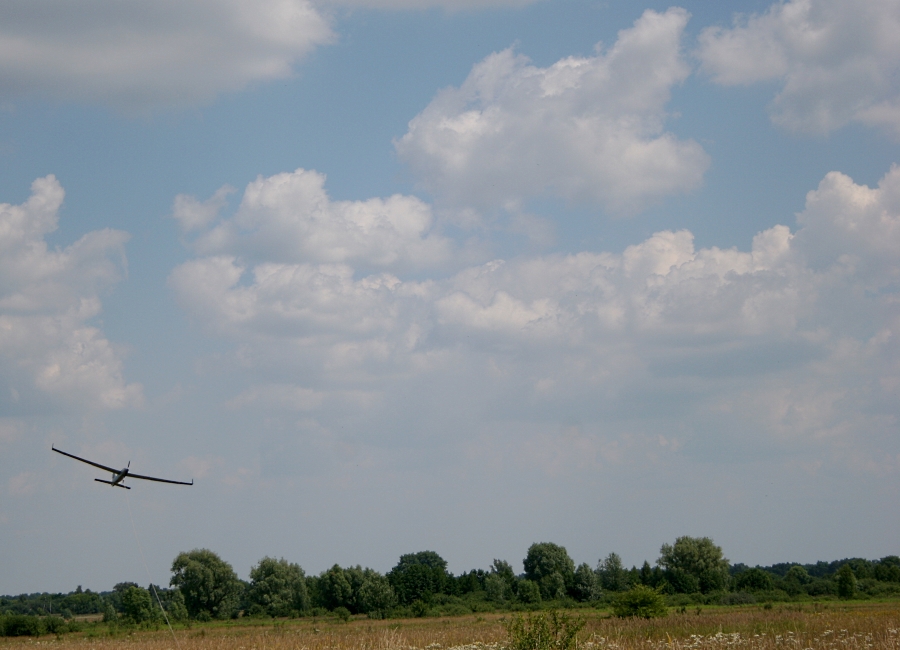
As a matter of fact, the Spectator-M underwent user evaluation by the Ukrainian Army, while the SBGS, with this new capability, has been able to almost completely fill its requirement for control of the portions of Ukraine’s national border that had remained unsurveyed previously.
But the Spectator UAS technology’s evolution didn’t stop there. In 2018, Meridian requested the Ministry of Defense to authorize R&D for developing the next evolution of the Spectator-M UAS technology, exploiting the outputs produced from previous R&D programs, inputs from military users, and results of post mission analysis, and with due account taken of new technology development trends in this field. This resulted in what is now known as UAS Spectator-M1.
New generation

The Spectator-M1 has received major improvements to its performance, including particularly a weight reduction and increased in-air endurance, while retaining the size of its predecessor, the Spectator-M. This new-generation evolution features a new thermal imaging camera system, a more capable camera for daytime surveillance, and new video signal transmission controls. It also introduces a dual camera system for video surveillance along with a distributed flight control electronics system.
UAS System Composition
The sub-systems are: a new Ground Control Station (GCS); three (as opposed to one in the first-generation Spectator) drones; four different payload packages selectable depending on the specifics of the mission to be flown; two battery packs for each aircraft plus two for other power consumers. The baseline fit additionally includes a set of transport backpack systems, each rated for carrying two drones by one personnel; a maintenance tool kit; replacement parts and fixings.
Payload package. The Spectator-M1, which has had its sensor package expanded substantially, compared to that seen in its earlier-generation configurations, is fitted as standard with a digital color 10x optical zoom daylight camera for still and video photography, and a thermal imaging IR camera. Housed in quick-attach optical-mechanical modules, the sensor payloads are easily swappable in field conditions within three minutes. At a 1,000m altitude, the video imagery resolution is 0.1m or higher.
Overall, there are five different payload packages available for the Spectator-M1, from conventional EO/IR camera sensors through to environmental contamination measuring instruments and leaflet-dropping containers.
Drone flight control system. For flight control, the Spectator-M1 drone uses a control system that combines features of Inertial Navigation System (INS), telemetry control system (control commands transmitted via a radio link), and a GPS-assisted navigation system, and is complemented by a backup control system.
The System supports the following modes of operation: (1) semi-automatic and manual operation for take-off, in-flight and landing; (2) fully automatic pre-programmed flight; (3) fully automated approach to the landing site with a parachute deployed; (4) in-flight mission updating by ground command; (5) the conduct of flight and transmission of target location data in the coordinate systems adopted by Ukrainian armed services; (6) the conduct of mission with jammed GPS and control signals.
Take-off/landing system. The Spectator-M1 drone is launched by a mechanical catapult as the main launching method. The catapult has received a weight-saving improvement over the one used in previous configurations, achieved through the use of innovative materials, and a hand-launched configuration requested by the Ministry of Defense is now being worked on.

The landing system has had its functionality expanded to include new algorithms for different landing conditions. There has been added an emergency landing mode where a parachute is deployed in an emergency.
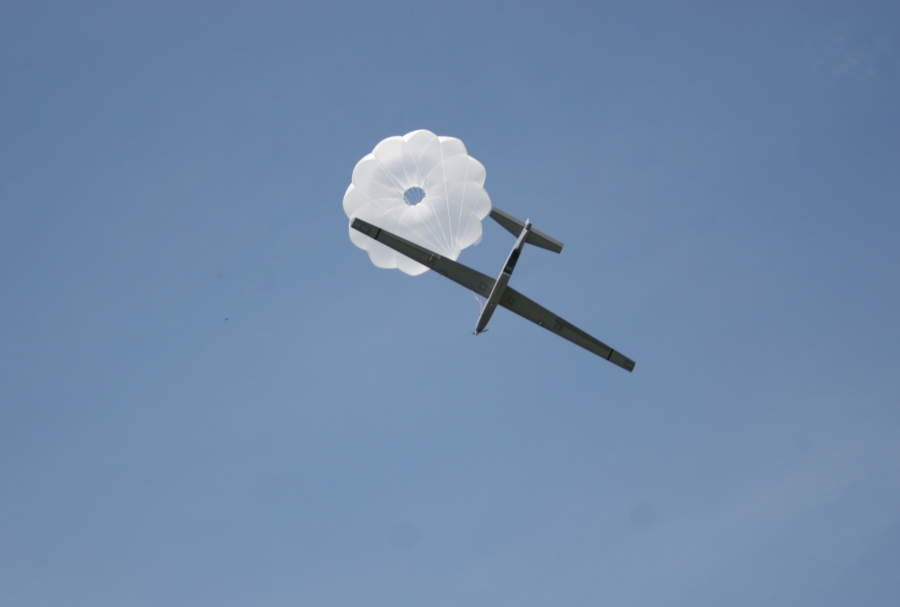
Two methods are used for landing the drone. One is parachute-assisted landing, performed either by ground command or in a fully automatic mode where the drone would land on a pre-selected spot following operator defined settings/instructions. The other is manually controlled landing like airplane.

The Spectator-M1 UAS technology has been developed with special emphasis placed on anti-jamming capability. The system incorporates proprietary solutions from Meridian – including, but not limited to an ECM warning system which alerts about the incoming jamming signal; automatic switchover between control modes; the use of long-range secure communication links; and digital encryption of signals -- allowing it to operate in heavy ECM environments. The Spectator-M1 has been successfully tested against all counter-drone systems currently available in Ukraine.
The Spectator-M1 drone, due to its small size, camouflage painting, and low RCS along with other low observability features, is stealthy to enemy countermeasures. It is so silent as to be undetectable while flying at over 300 m, and the very low noise of its engine can only be heard while flying at 100 m or lower.
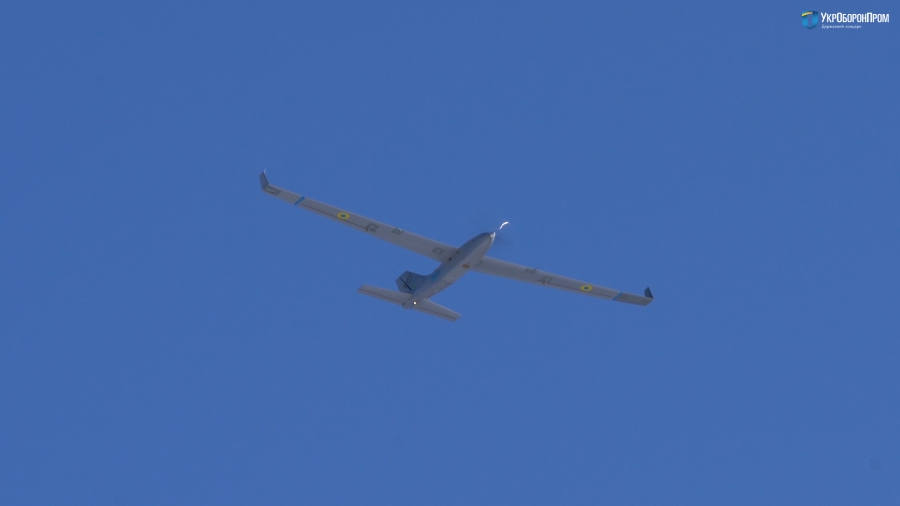
Importantly, the Spectator-M1 has been developed to conform to NATO’s standards, and it fits into the Ukrainian Armed Forces’ recently adopted classification of UAS.
The Spectator-M1 succeeded through government trials in late February 2019 and was approved for operational service entry that same year in July. As a matter of fact, this is the first UAS drone to have been able to pass through the full cycle of trials and enter operational service, as opposed to its counterparts developed in Ukraine recently, which haven’t got farther than being accepted for user evaluation by Ukrainian Army field units.
The Spectator-M1, if described in terms of the amount of R&D work done and the level of improvements made to its design and performances, is essentially a whole new UAS product with relatively high capabilities that are typically expected from a conventional tactical surveillance and reconnaissance UAS. So it is to be hoped that Ukrainian forces would get in possession a truly mature, highly capable UAS system developed from real-world combat experience.
Spectator-M1 UAS. Key Specifications:
|
Length/wingspan, mm |
1,295/3,000 |
|
Take-off mass, kg |
£5.5 |
|
Payload, kg |
£1.5 |
|
Maximum useable altitude, m |
3,000 |
|
Max speed, km/h |
120 |
|
Cruising speed, km/h |
70 |
|
In-air endurance, hrs |
3 |
|
Live video transmission range, km |
35 |
|
Max flight path length, km |
200 |
|
Max mission radius (while in manually operated mode), km |
³ 30 |
|
Max mission radius (while in fully automated mode), km |
³ 50 |
|
Number of missions launched per day |
³ 5 |
|
Wind tolerance, m/s |
10 |
|
Prep time from unpack to launch, min |
15 |
Read more: Combat ‘TURTLE’ and its related siblings



